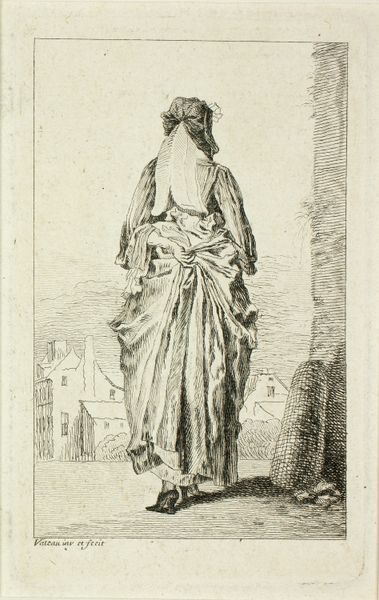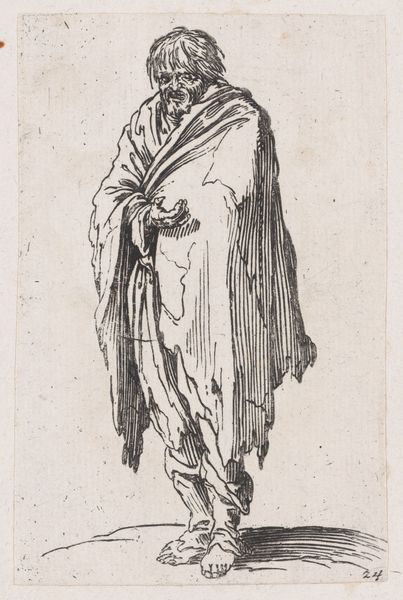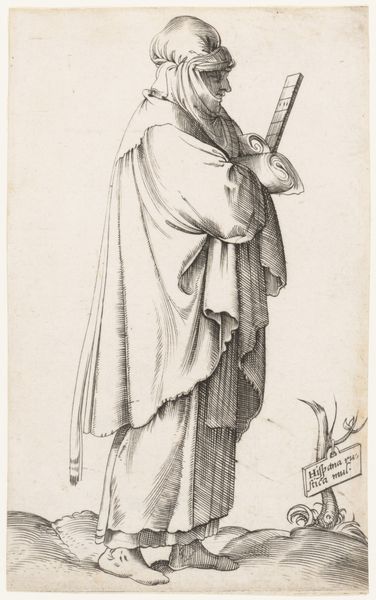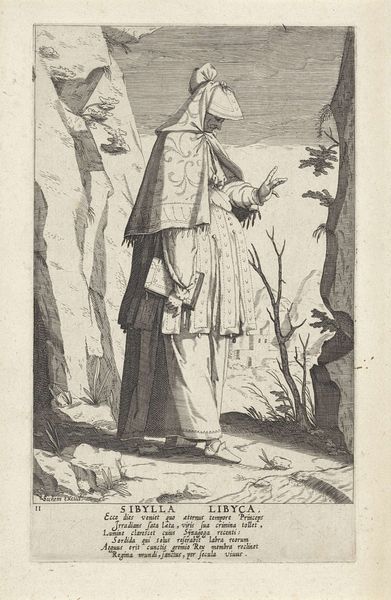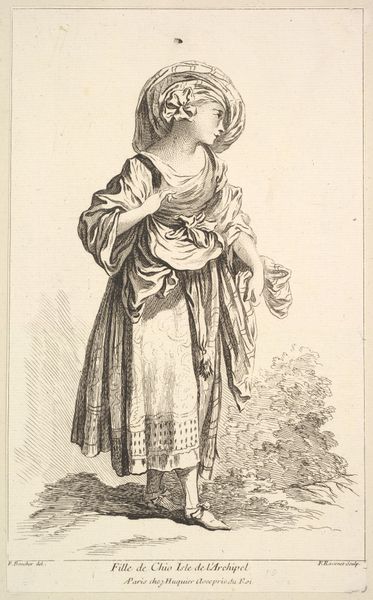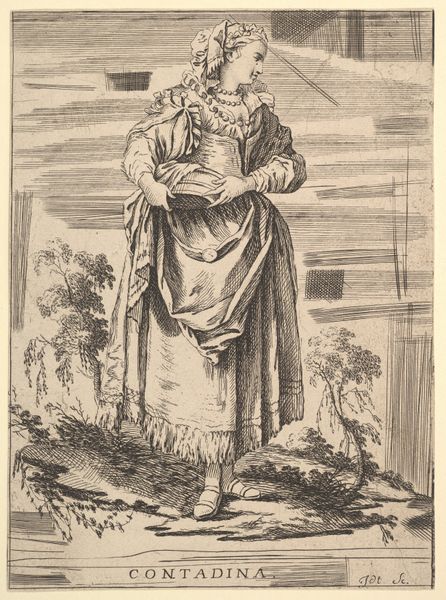![Dona Mitilena, from Recueil de diverses fig.res étrangeres Inventées par F. Boucher P.tre du Roy et Gravées par F. Ravenet (Collection of Various Foreign Figures, Devised by F. Boucher, Painter of the King and Engraved [etched] by F. Ravenet), plate 3 by Simon Francis Ravenet, the elder](/_next/image?url=https%3A%2F%2Fd2w8kbdekdi1gv.cloudfront.net%2FeyJidWNrZXQiOiAiYXJ0ZXJhLWltYWdlcy1idWNrZXQiLCAia2V5IjogImFydHdvcmtzLzJjMWM2NjBkLWFhYTYtNGJiMy1hMWViLWE3MWNlNTcyM2I0OC8yYzFjNjYwZC1hYWE2LTRiYjMtYTFlYi1hNzFjZTU3MjNiNDhfZnVsbC5qcGciLCAiZWRpdHMiOiB7InJlc2l6ZSI6IHsid2lkdGgiOiAxOTIwLCAiaGVpZ2h0IjogMTkyMCwgImZpdCI6ICJpbnNpZGUifX19&w=3840&q=75)
Dona Mitilena, from Recueil de diverses fig.res étrangeres Inventées par F. Boucher P.tre du Roy et Gravées par F. Ravenet (Collection of Various Foreign Figures, Devised by F. Boucher, Painter of the King and Engraved [etched] by F. Ravenet), plate 3 1721 - 1774
0:00
0:00
drawing, print, engraving
#
portrait
#
drawing
#
baroque
# print
#
figuration
#
history-painting
#
engraving
#
profile
Dimensions: Sheet: 10 7/16 x 6 1/4 in. (26.5 x 15.8 cm)
Copyright: Public Domain
Editor: This is “Dona Mitilena” from a collection of figures by François Boucher and engraved by Simon Francis Ravenet, sometime between 1721 and 1774. She looks like a woman standing in profile. I wonder if it's really meant to be just decorative? What do you see in this piece? Art Historian: The question of whether this is "just" decorative opens up an entire discussion about what we value as "art." Look at the context: Boucher, the "Painter of the King," producing images of "foreign figures," engraved for wider distribution. How does this image function within the framework of colonialism and exoticism prevalent in 18th-century Europe? Editor: Exoticism? Can you explain more? Art Historian: Absolutely. The image presents a stylized, probably imagined, representation of a woman from Mytilene, or Mitilena. Note how her dress is detailed with ornamentation; she is presented in a certain style designed to otherize her, to visually confirm a power dynamic. How do you think these representations might have shaped perceptions and understandings of non-European cultures for European audiences? Editor: I guess, by reducing the people to costumes and surfaces… not considering them as real people with agency. Art Historian: Precisely. And the proliferation of such images contributes to a system of power. Think about how visual culture reinforces certain social hierarchies, certain ideas about who holds power and who is being presented. Do you feel this kind of depiction could ever be separated from its socio-historical roots? Editor: It’s interesting to think about that kind of image production now, when hopefully we're more aware of the dangers of misrepresentation. I'll definitely look at similar works with different eyes from now on. Thanks for your insights! Art Historian: Indeed! Remember, engaging with historical images requires critically assessing the power dynamics they represent and perpetuate. Now consider who profits, even today, from images like these.
Comments
No comments
Be the first to comment and join the conversation on the ultimate creative platform.

